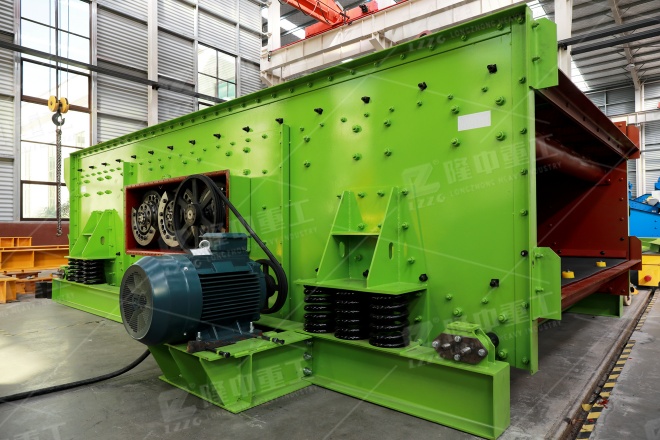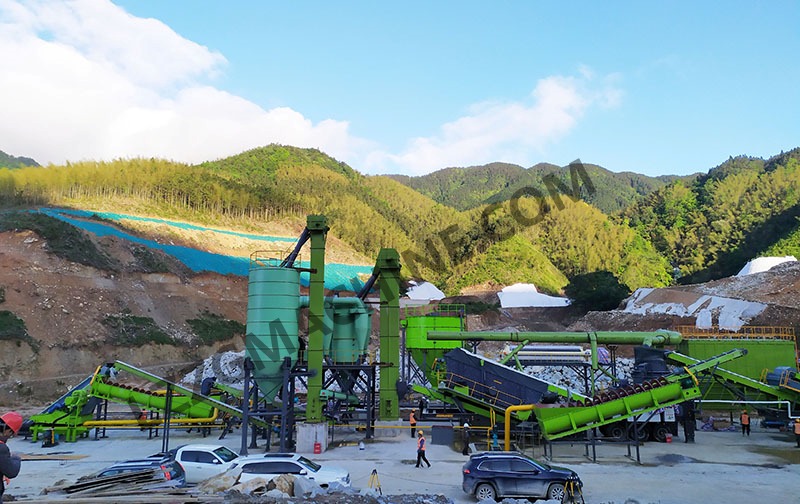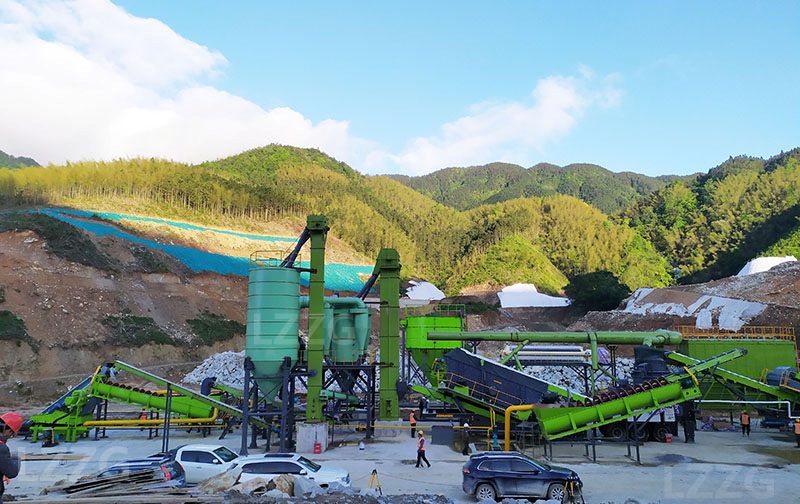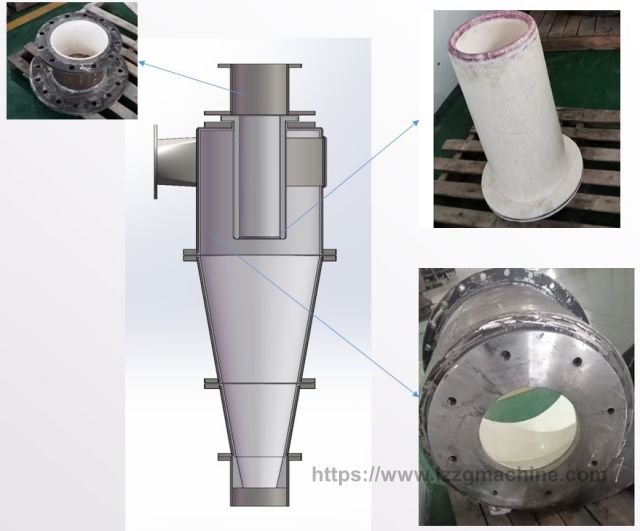How to use extra fine sand to formulate concrete
 October.29,2022
October.29,2022
Preparation of ultra-fine sand concrete
When using ultra-fine sand to prepare concrete, the sand with low mud content and low impurity content should be selected. At the same time, you can refer to or follow the following basic principles.
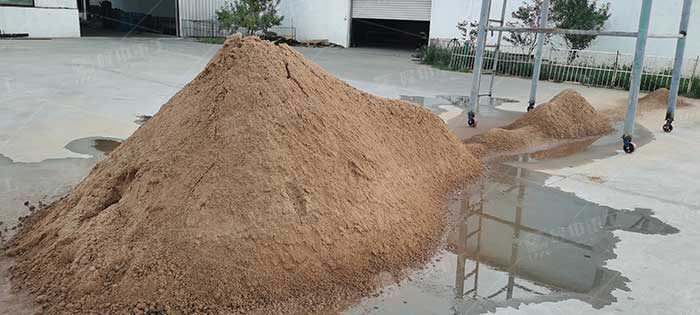
(1) Appropriately reduce the sand rate
The size of the sand ratio has an important influence on the workability of the concrete mixture, and the sand ratio decreases with the decrease of the fineness modulus. The fineness modulus decreases, the sand particles become smaller, the smaller particle size particles are easier to fill the gaps between the coarse aggregate particles, and less sand can be effectively filled. Therefore, the fineness modulus becomes smaller and the sand rate should be appropriately reduced. In addition, the sand fineness modulus decreases and the specific surface area increases. If the sand ratio remains unchanged, the viscosity of the mixture will increase, the fluidity will be slowed, the flow rate will decrease, and the shrinkage of the concrete will increase, greatly increasing the probability of cracking. . When the fineness modulus of sand is 1.4, the sand ratio is 7% to 13% lower than that of medium sand with sand ratio of 2.6.
(2) Appropriately increase the amount of cementitious material
The disadvantage of ultra-fine sand is that it has a large specific surface area and a high mud content. Compared with concrete prepared with medium sand, the amount of cement and cementitious materials is higher. Generally speaking, the cement dosage should be increased by about 20kg/m³.
(3) Minimize concrete slump
The ultra-fine sand has many fine particles and large specific surface area. When the slurry remains unchanged, the cohesion of the concrete is poor. After the concrete is poured and vibrated, the phenomenon of bleeding and sand reversal is easy to occur, which affects the quality of the concrete construction. There are few coarse particles in the ultra-fine sand, and when it is combined with the coarse aggregate to form a mixed aggregate, the intermediate gradation is missing, the concrete rheology is poor, and the slump is easy to cause the separation of the slurry and stone. In addition, the increase in concrete slump will result in an increase in the amount of cementitious material, an increase in concrete shrinkage, and an increase in the risk of cracking. Therefore, the principle of low sand rate should be followed when using ultra-fine sand.
(4) Appropriately increase the dosage of admixtures to control water consumption
Extra-fine sand has many fine particles and large specific surface area. When mixing concrete, the water consumption of the same slump is higher than that of medium-coarse sand, which is easy to cause the strength of fine-sand concrete to be lower than that of medium-coarse-sand concrete. When using ultra-fine sand, the amount of admixture should be appropriately increased to keep the water consumption of the concrete unchanged.


